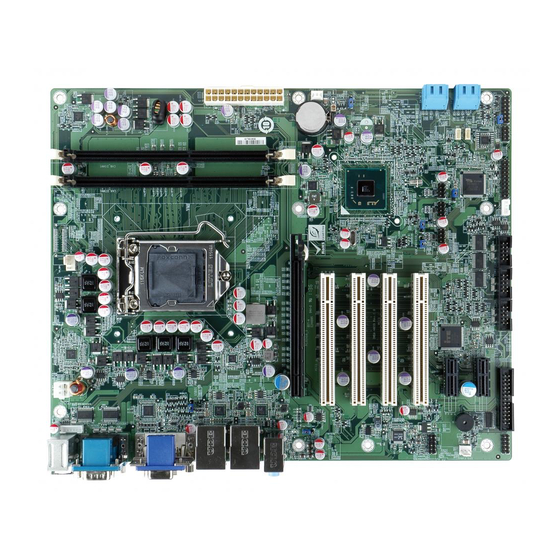
IEI Technology IMBA-H610 Manuals
Manuals and User Guides for IEI Technology IMBA-H610. We have 2 IEI Technology IMBA-H610 manuals available for free PDF download: User Manual, Quick Installation Manual
IEI Technology IMBA-H610 User Manual (193 pages)
Brand: IEI Technology
|
Category: Motherboard
|
Size: 10 MB
Table of Contents
Advertisement
IEI Technology IMBA-H610 Quick Installation Manual (10 pages)
Brand: IEI Technology
|
Category: Motherboard
|
Size: 0 MB

